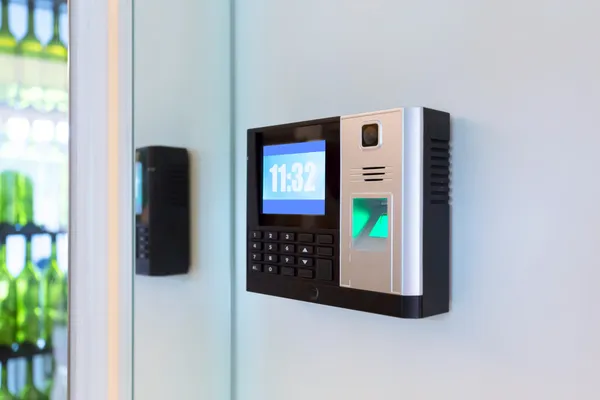In an era defined by rapid technological advancements, the concept of security has undergone a profound transformation, with access control systems emerging as the vanguard in safeguarding the future. Traditional lock and key mechanisms are becoming relics of the past as sophisticated access control systems redefine the boundaries of protection, seamlessly blending innovation with efficiency. These systems leverage cutting-edge technologies such as biometrics, smart cards, and facial recognition to create robust barriers against unauthorized entry. Biometric authentication, in particular, represents a paradigm shift in access control, as fingerprints, iris scans, and even DNA profiles become the keys to unlocking secure spaces. The precision and uniqueness of biometric data not only fortify the defense against impersonation but also streamline the user experience, eliminating the need for cumbersome passwords or physical tokens. One of the key advantages of redefined access control systems lies in their adaptability to diverse environments.

Whether securing corporate offices, government facilities, or residential spaces, these systems are customizable to meet the specific needs of each setting. Advanced algorithms enable administrators to set granular access permissions, granting or revoking privileges with a level of precision hitherto unattainable. This level of control not only enhances security but also fosters a sense of trust and accountability within organizations. Moreover, the integration of access control systems with cloud-based platforms facilitates remote management, enabling real-time monitoring and adjustments from anywhere in the world. This not only bolsters security measures but also aligns with the evolving nature of work, where flexibility and connectivity are paramount. Furthermore, the synergy between access control systems and the Internet of Things IoT is catalyzing a revolution in proactive security. Smart sensors and interconnected devices create an ecosystem where anomalies trigger immediate responses, mitigating potential threats before they escalate. For instance, if an unauthorized individual attempts entry, the system can automatically alert security personnel, lock down affected areas, or activate surveillance measures. This level of intelligence not only minimizes response times but also significantly reduces the likelihood of security breaches.
As the world becomes more interconnected, the ability of access control systems to collaborate with other smart technologies positions them as linchpins in a holistic security framework. In addition to bolstering physical security, access control systems play a pivotal role in data protection. With the rise of digital transformation, securing sensitive information is as critical as fortifying physical spaces. These systems not only regulate entry to server rooms and data centers but also ensure that only authorized personnel can access critical digital assets. Encryption and secure authentication protocols add an extra layer of defense, safeguarding against cyber threats and unauthorized data breaches. In conclusion, the evolution of access control systems represents a quantum leap in fortifying the future. By seamlessly integrating advanced technologies, these systems redefine security paradigms, offering not just protection but also adaptability, intelligence, and efficiency of san antonio access control system. As the custodians of physical and digital realms, access control systems stand as sentinels, guarding the future with a combination of innovation and vigilance.
